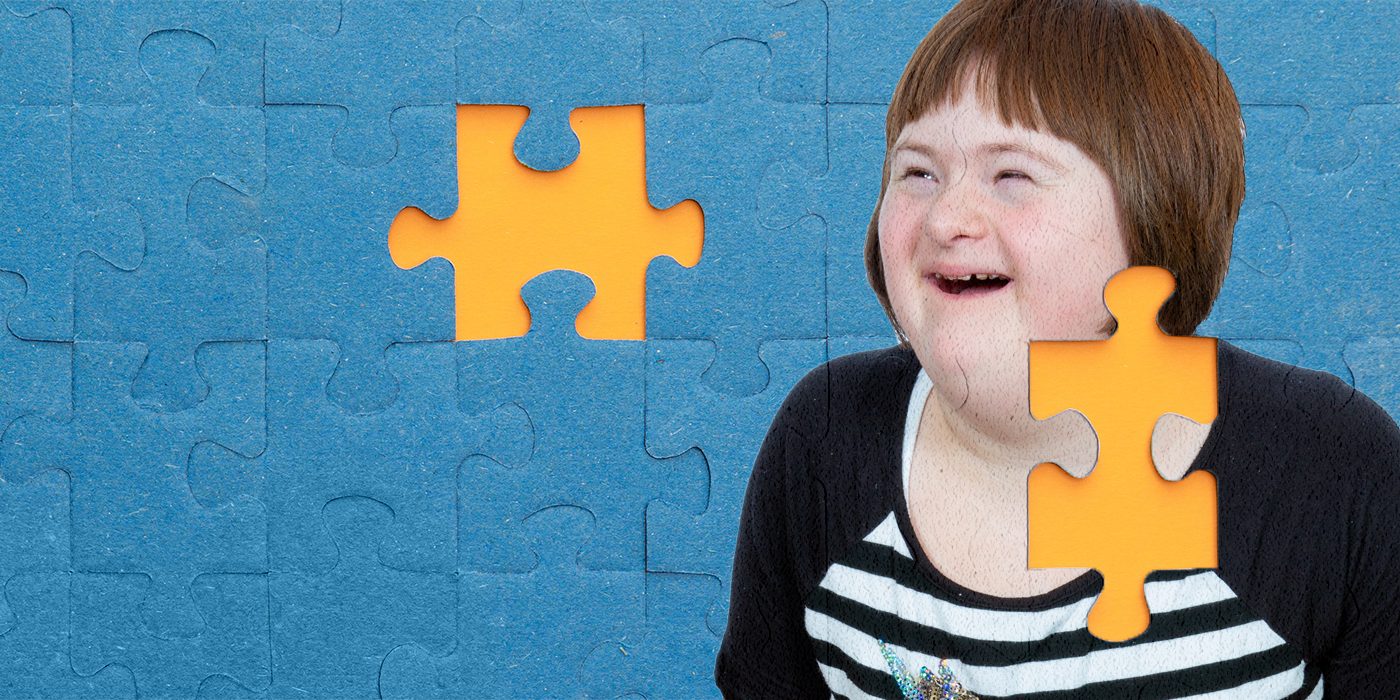Exploring Autism: Strategies for Effective Interaction and Communication
Effective interaction and communication with individuals on the autism spectrum demand a detailed understanding of their special requirements and choices. The ins and outs of these strategies reveal additional factors to consider that merit expedition, particularly in exactly how they can be adapted to diverse contexts and private experiences.
Comprehending Autism Range Disorder
Autism Spectrum Condition (ASD) encompasses a variety of neurodevelopmental problems characterized by challenges in social communication, interaction, and repeated actions. The term "range" mirrors the diverse indications and differing degrees of extent experienced by individuals with ASD. While some may exhibit considerable impairments, others might show high-functioning traits, permitting better freedom in life.
The beginning of ASD commonly occurs in very early childhood years, with indicators frequently recognizable by age two. Very early indications might include postponed speech growth, limited eye get in touch with, and troubles in recognizing social signs. The precise etiology of ASD stays vague, research suggests a mix of environmental and genetic factors plays a critical function in its growth.
As a result, interventions and assistance tailored to specific requirements are crucial for fostering interaction and social skills. Identifying the complexity of ASD is important for promoting recognition, approval, and efficient methods that assist in significant interactions with people on the spectrum.

Value of Clear Interaction
Efficient communication is crucial for promoting understanding and connection, especially for individuals with Autism Spectrum Problem (ASD) Clear communication not only promotes social communications however also improves the person's ability to share their needs, ideas, and emotions. For people with ASD, the subtleties of language can commonly be challenging; for that reason, utilizing uncomplicated and unambiguous language is essential.
Additionally, clear communication helps in reducing aggravation and anxiousness that may occur from misunderstandings. When messages are conveyed in a regular and direct fashion, people with ASD are better geared up to interpret details accurately, which can significantly enhance their social interaction and involvement in different setups.
Establishing regimens and using visual supports can better strengthen clear communication. These techniques provide people with foreseeable structures that assist understanding and retention of details. Furthermore, actively listening and being person during communications advertises a helpful atmosphere where people with ASD feel valued and comprehended.
Eventually, prioritizing clear interaction not only encourages individuals with ASD however also fosters more meaningful links with their peers, caretakers, and the broader area, leading the way for comprehensive communications and joint partnerships. - autism
Non-Verbal Interaction Strategies
Communication expands past words, and for people with Autism Spectrum Problem (ASD), non-verbal signs play a considerable role in communications. Non-verbal interaction strategies can consist of facial expressions, gestures, body language, and eye call, every one of which act as crucial parts for communicating feelings and objectives.
Recognizing and translating these non-verbal signals can enhance interactions with individuals with ASD. A cozy smile or open posture can create an inviting ambience, urging engagement. In a similar way, utilizing aesthetic aids-- such as photo cards or symbols-- can link interaction voids and assist communicate messages a lot more successfully.
It is additionally important to be mindful of individual area, as people with ASD may have different comfort degrees pertaining to distance. Observing their responses to physical nearness can inform proper modifications.

Creating Supportive Environments
Creating an encouraging setting is important for fostering positive interactions and boosting the health of people with Autism Range Disorder (ASD) Such atmospheres can significantly reduce stress and anxiety and produce a feeling of safety, enabling individuals to share themselves extra easily.
To attain this, it is necessary to consider sensory level of sensitivities that people with ASD might experience. Changing the physical space to consist of soft lights, marginal background sound, and comfy seats can produce a relaxing ambience. Additionally, utilizing consistent regimens and clear visual schedules can assist people prepare for shifts and reduce uncertainty, additional promoting convenience.
Social rooms should be structured to lessen frustrating stimuli while giving opportunities for involvement in favored tasks. Promoting locations designated for quiet time can additionally function as a sanctuary throughout moments of stress. Importantly, including elements of selection empowers individuals, permitting them to work out agency in their atmosphere.

Urging Social Interactions
Fostering social interactions among people with Autism Spectrum Condition (ASD) needs intentional techniques that prioritize convenience and engagement. Developing predictable regimens can help in reducing anxiousness, making social settings more approachable. Producing organized atmospheres with specified roles and duties enables people to involve without the frustrating stress of disorganized social characteristics.
Including passions and strengths right into social activities can function as a driver for communication. For instance, organizing team tasks around shared leisure activities or topics of attraction can promote natural conversations and links. Furthermore, using visual supports, such as social manuscripts or pictorial schedules, can aid in comprehending social hints and assumptions.
Modeling proper social actions is crucial - autism. Peers and grownups should demonstrate efficient communication techniques, including energetic listening and turn-taking. Role-playing situations can additionally offer a safe area for people to practice these abilities
Lastly, fostering peer partnerships through inclusive methods check out here is essential. Encouraging comprehensive playdates or team outings can develop chances for socialization in a comfortable setup. By implementing these teachers, caretakers and techniques can substantially improve social communications for people with ASD, promoting their total social growth and wellness.
Final Thought
In final thought, efficient communication and interaction strategies are crucial for sustaining people with Autism Spectrum Disorder. Ultimately, these approaches equip individuals with autism to navigate social landscapes, advertising their total wellness and making it possible for the development of enduring partnerships.
Reliable communication and communication with people on the autism range require a thorough understanding of their one-of-a-kind requirements and preferences. Clear interaction not only facilitates social interactions however likewise enhances the individual's capability to reveal their needs, feelings, and thoughts.Promoting social interactions among people with Autism Range Disorder (ASD) requires willful techniques that focus on comfort and involvement. By carrying out these teachers, techniques and caregivers can dramatically enhance social communications for individuals with ASD, promoting their overall social growth and well-being.
In conclusion, reliable interaction and communication strategies are essential for supporting individuals with Autism Range Problem.